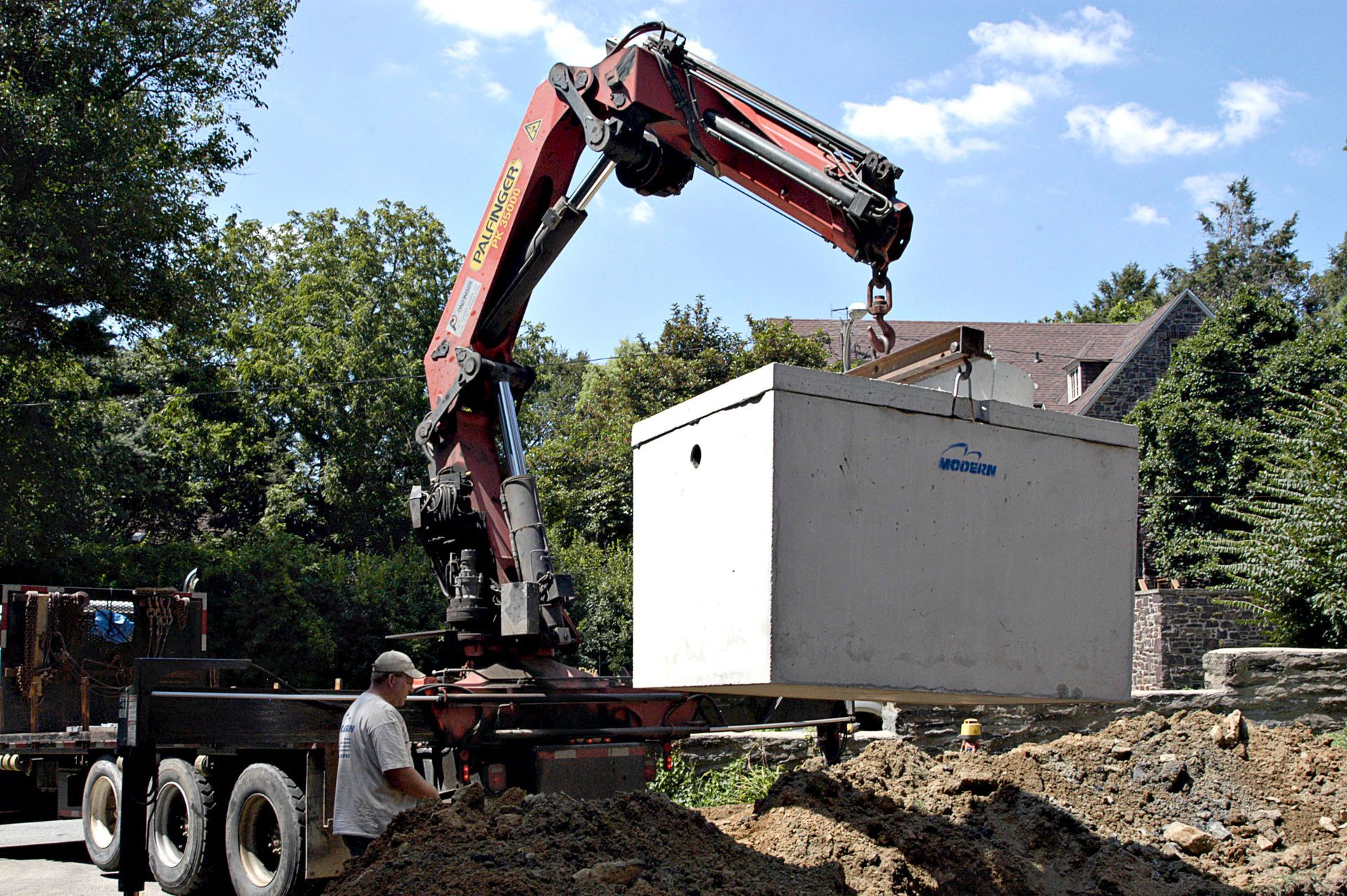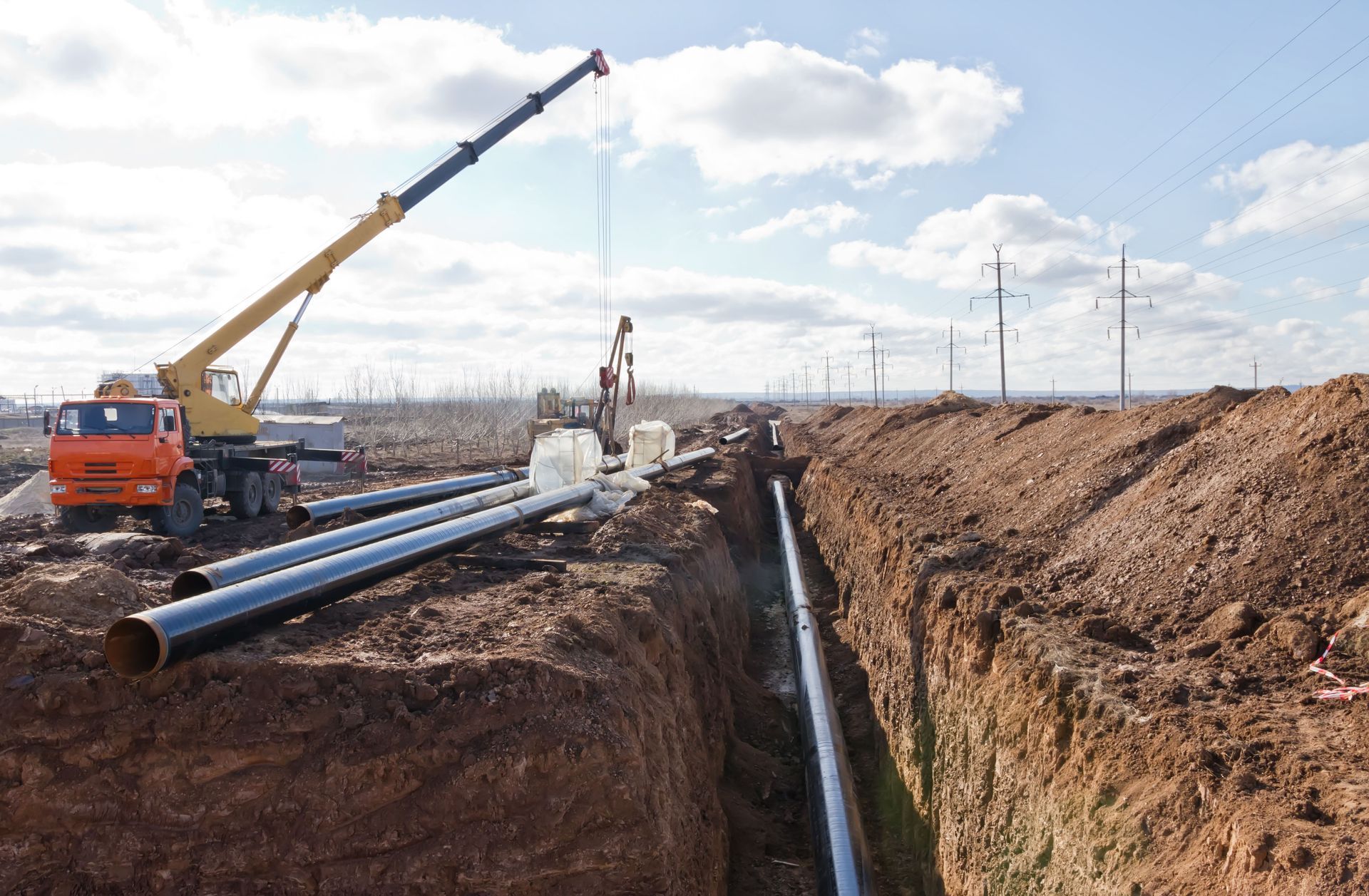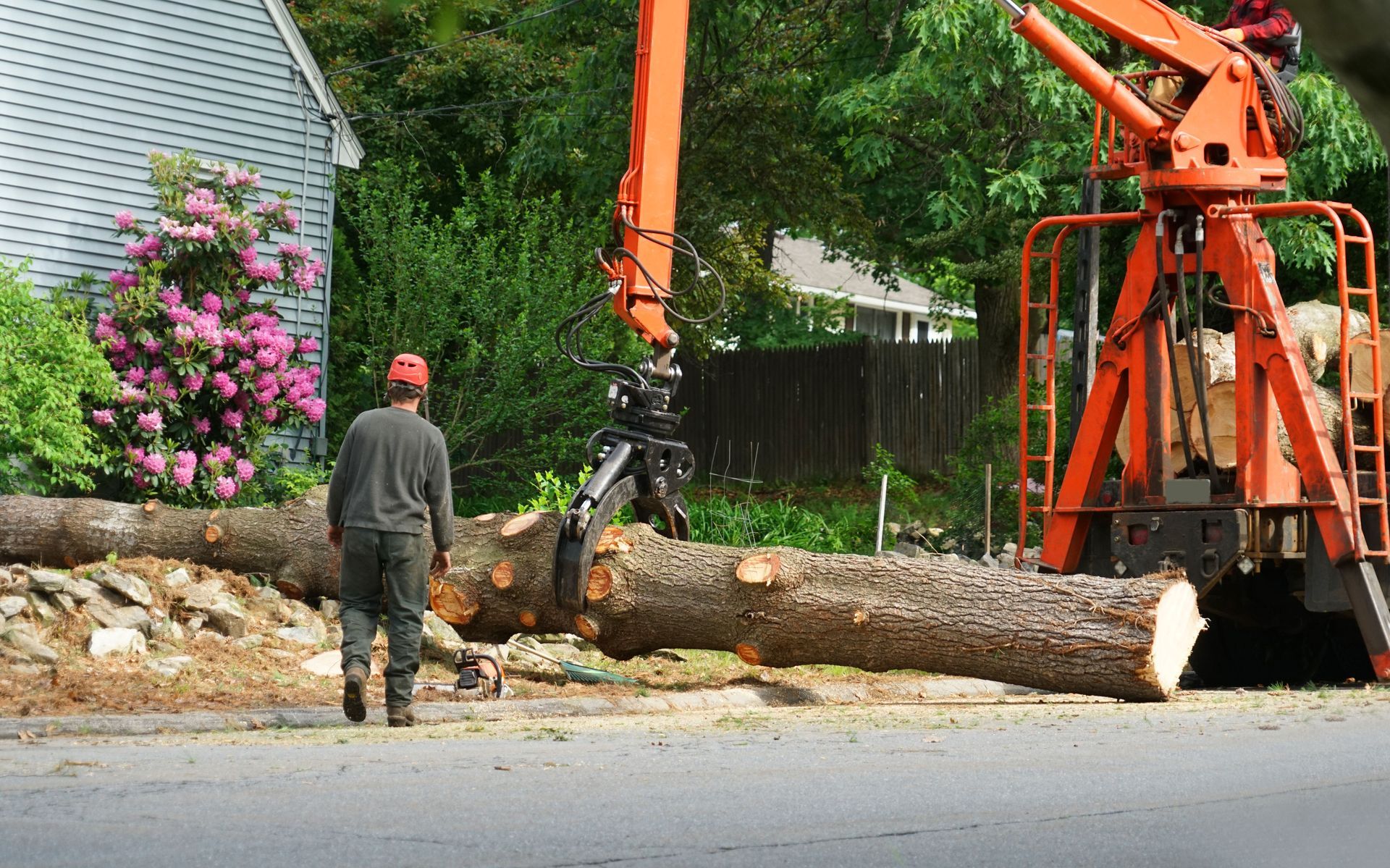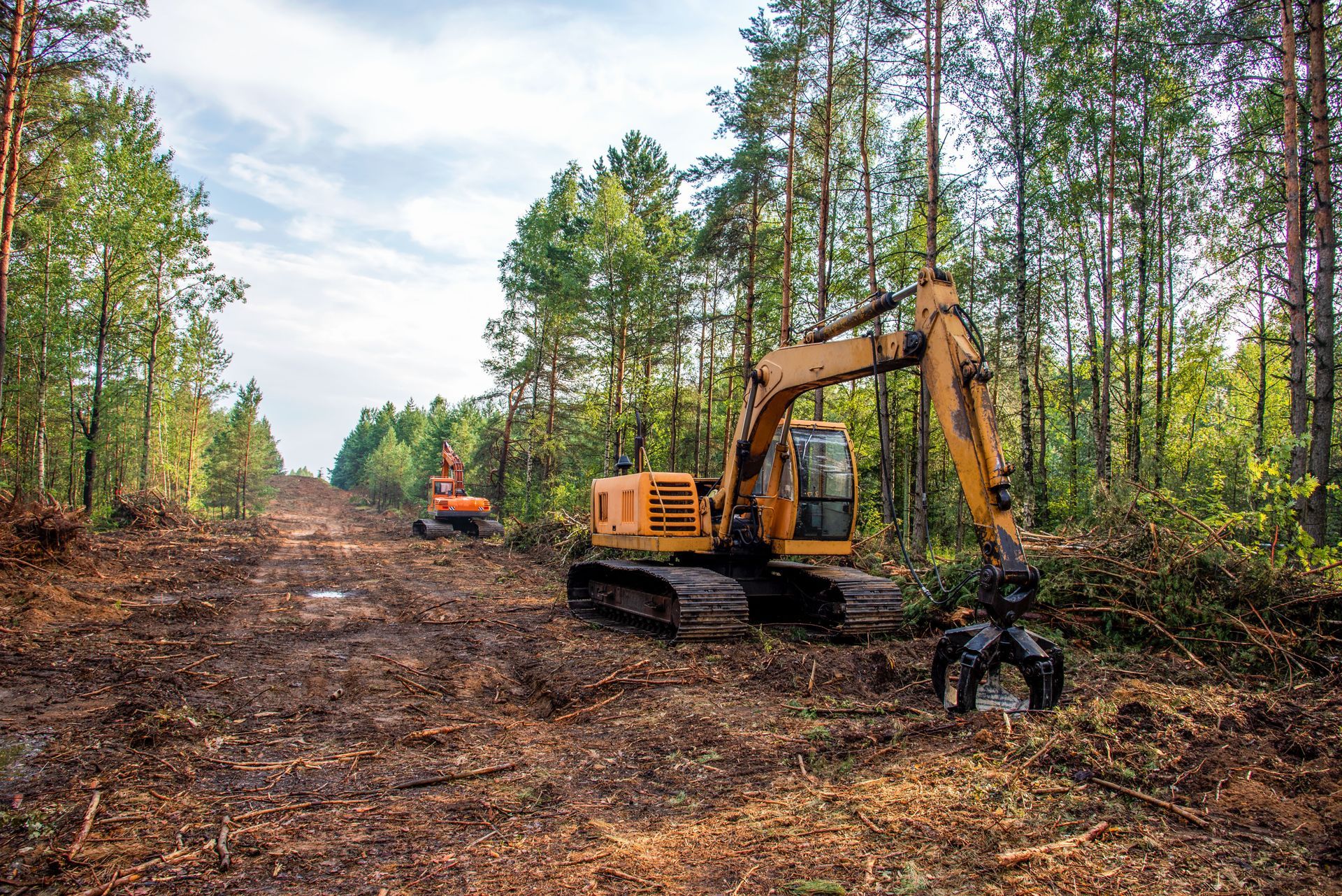How Far in Advance Should You Reserve Crane Equipment?
Highlights:
- Booking crane equipment early helps guarantee availability during peak construction seasons.
- Lead times vary depending on crane type, project size, and permit requirements.
- Emergency crane rentals may still be possible with companies that maintain flexible scheduling.
- Site inspections and lift planning should be scheduled before equipment arrival.
- Russ Erlinger Crane Service in St. Louis, MO provides expert scheduling guidance for timely crane rentals.
Understanding Equipment Reservation Timelines
When planning a lift or construction project, timing is everything. The question of how far in advance to reserve equipment often depends on the project's complexity, location, and the type of crane required. Booking too late can lead to costly delays or limited equipment options. As a rule of thumb, most contractors should begin scheduling their crane rental at least two to four weeks in advance, especially for larger lifts. According to Semantic Scholar, careful equipment planning is a crucial role for the success of construction firms, and improper planning can lead to significant losses.
Why Advance Booking Matters
Reserving equipment early allows crane companies to assess the job site and plan the lift safely. It also gives project managers time to coordinate delivery routes, rigging requirements, and operator availability. During busy construction months-typically spring through early fall-demand for heavy lifting equipment spikes across commercial and industrial projects. Waiting until the last minute may leave contractors scrambling for alternatives. Experienced crane operators agree that proper planning minimizes on-site downtime and helps meet project deadlines efficiently.
Scheduling Considerations for Different Crane Types
Different types of cranes come with different scheduling needs. Mobile cranes may be available within days, while tower cranes often require weeks of setup, permitting, and inspection. Specialized lifts involving high-reach or heavy-duty equipment need more preparation time for logistics and operator coordination. Project managers should consult their crane provider early to confirm lead times. For instance, Russ Erlinger Crane Service in St. Louis, MO offers detailed planning assistance to help clients secure the right machine and avoid unnecessary delays, ensuring compliance with local safety and permit standards.
Frequently Asked Questions
How early should I book a crane during peak season?
It's best to reserve your crane at least a month in advance between April and October, when demand is highest.
Can I change my reservation if my schedule shifts?
Most crane companies allow changes with notice, though last-minute adjustments may incur additional costs.
Do I need a deposit to secure my crane rental?
Yes, many companies require a deposit or signed contract to confirm your booking and block off the equipment.
Accounting for Permits and Inspections
Permitting requirements can extend reservation timelines significantly. Depending on local regulations, cranes operating on public roads or near utilities may require municipal permits or coordination with traffic control agencies. In urban areas like St. Louis, MO, these approvals can take several days or even weeks. According to the Seattle Department of Transportation, a "Heavy Crane" permit (for staging cranes in the right-of-way) must follow a multi-step application process, including submittal of right-of-way impact and traffic control plans, and may undergo detailed review before issuance. Reserving equipment early ensures there's enough time for both paperwork and pre-lift inspections, which are essential for safety and compliance.
Planning Around Site Logistics
Beyond paperwork, the physical layout of your job site affects how soon you should book equipment. Narrow access roads, uneven terrain, or limited staging areas all require pre-inspection to confirm the crane's setup feasibility. Early reservations allow your crane provider to perform these site assessments and plan transport routes. They also give teams time to order any necessary mats, counterweights, or rigging gear. By coordinating early, contractors avoid situations where equipment arrives before the site is ready, which can lead to downtime and higher costs.
Coordinating with Other Trades
Construction projects often rely on multiple contractors working simultaneously. Steel erectors, HVAC installers, and concrete crews may all depend on a crane at different phases. Reserving equipment early helps prevent schedule overlap and delays. A crane company can align its availability with your project's milestones to maintain workflow efficiency. Russ Erlinger Crane Service frequently collaborates with general contractors in St. Louis, MO to align crane operations with broader construction schedules, ensuring lifts occur precisely when needed to maintain project timelines.
Frequently Asked Questions
What if my project requires multiple lifts?
Your crane provider can help schedule recurring lifts to keep the same equipment available for the project duration.
Can weather affect my crane reservation?
Yes, extreme conditions like high winds or storms can delay operations. It's wise to build weather buffers into your schedule.
How far ahead should I book for oversized loads?
Specialized or long-reach cranes should be booked four to six weeks ahead to secure the right permits and transport arrangements.
Working closely with your crane company early in the planning process ensures clarity on job requirements and logistics. Providers can recommend the appropriate crane type and lifting plan, helping you avoid underestimating equipment needs. This collaboration also reduces the risk of costly last-minute substitutions or schedule compression. According to PubMed Central, effective communication in high-risk workplaces (such as construction) is strongly associated with better safety outcomes and fewer incidents. Open dialogue from the start builds trust, reliability, and safer project execution.
Handling Emergency or Short-Notice Rentals
While advance booking is ideal, emergencies do happen. Many crane providers maintain standby units for urgent situations, such as storm damage response or unplanned mechanical failures. In these cases, flexibility and rapid coordination are key. Contractors should call directly rather than rely on online booking systems. Companies like Russ Erlinger Crane Service maintain flexible scheduling to support urgent needs in St. Louis, MO, often mobilizing equipment the same day when resources permit. Still, these situations are exceptions, not the rule-planning ahead remains the smarter choice.
Managing Seasonal and Regional Demand
Crane demand often aligns with regional weather patterns and construction cycles. In colder climates, winter slowdowns provide more booking flexibility, while spring and summer bring higher activity. Local factors such as infrastructure projects or industrial expansions can also affect availability. Contractors working in metropolitan regions like St. Louis should monitor regional trends to anticipate demand spikes. By scheduling early, project managers can lock in preferred dates and avoid delays caused by equipment shortages, permitting holdups, or labor constraints during the busiest months.
Frequently Asked Questions
Can I book a crane months in advance?
Absolutely. Early reservations-up to 90 days in advance-are ideal for large or high-demand projects.
What happens if my project is delayed?
Communicate with your crane provider immediately. Most will reschedule your lift with minimal penalty if given adequate notice.
How can I check crane availability?
Contact your crane company directly. Many firms track scheduling in real time and can confirm openings on the spot.
The Value of Smart Scheduling
In the world of crane operations, timing can make or break a project. Booking equipment early allows for better planning, safer setups, and smoother coordination with other trades. Whether you're lifting HVAC units, steel beams, or precast materials, reserving your crane well in advance ensures the right equipment and team are available when you need them. For contractors in St. Louis, MO, working with trusted providers like Russ Erlinger Crane Service means gaining access to expert scheduling support and reliable service that keeps projects on track from start to finish.





Share On: